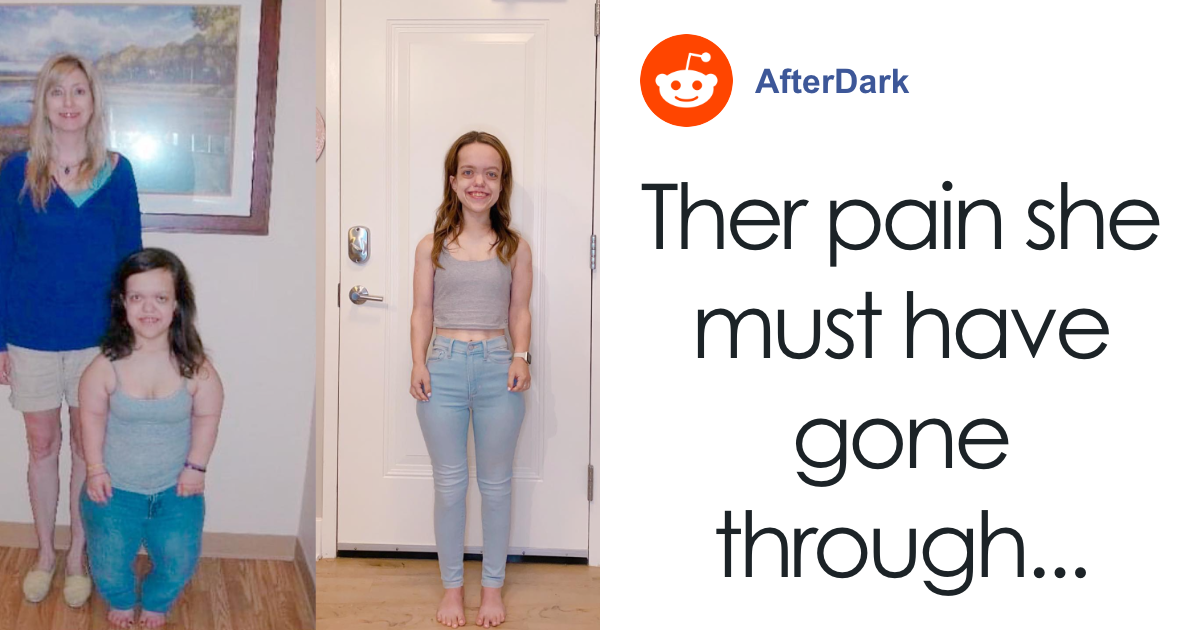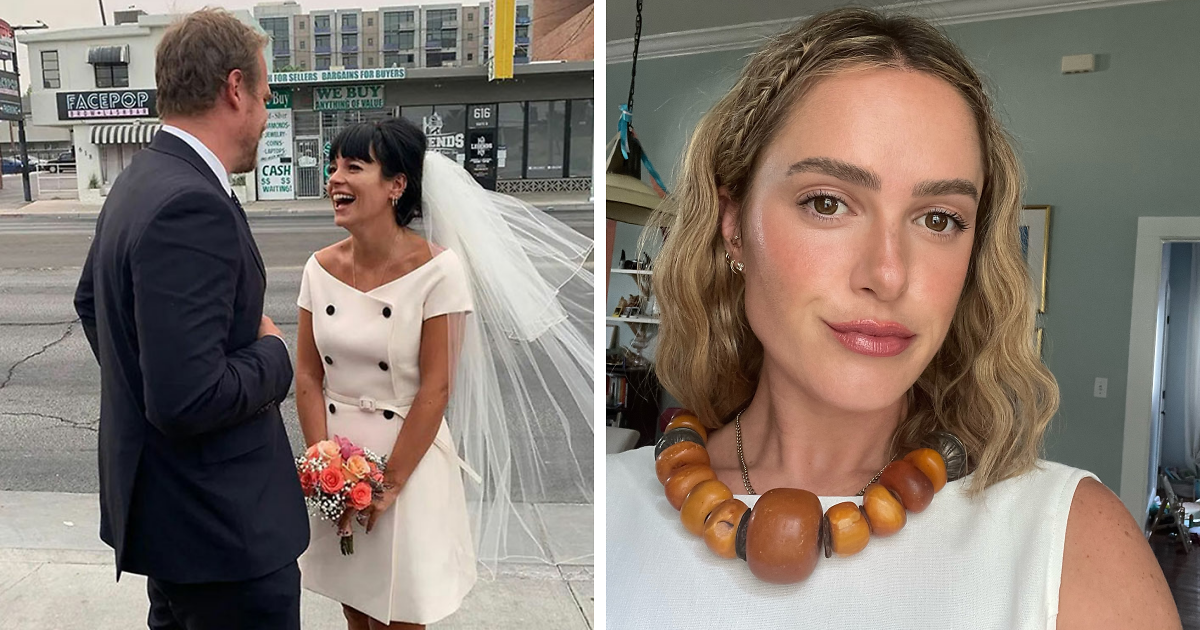From Height Surgery to Stunning Reveal: How This 31-Year-Old Woman Defied Expectations and Transformed Her Life
Ever wondered what it’s like to grow up expecting to be just like your sibling, only to find your own path carved out by a genetic twist and a handful of bone-cracking surgeries? Meet Chandler Crews, a Maryland native born with achondroplasia—the most common form of dwarfism—who didn’t just accept her fate but took on the challenge of transforming her life through painful, months-long limb-lengthening procedures starting at age 16. Standing tall at 4 feet 11 inches today, Chandler is not just flaunting her new look; she’s using every inch of her journey to raise awareness and rewrite the narrative surrounding this genetic disorder. It’s a story full of grit, heart, and a reminder that sometimes, “normal” means whatever you dare to make it. Ready to dive deeper into Chandler’s inspiring tale? LEARN MORE
A Maryland native who was born with dwarfism and endured painful months-long limb-lengthening procedures is using her experience (and new look) to raise awareness for the genetic disorder.
Chandler Crews, 31, who heads up the nonprofit Chandler Project, tells a heartrending tale of expecting to grow up and be just like her sister, but was sorely disappointed.
- Chandler Crews, 31, was born with achondroplasia, the most common form of dwarfism.
- She underwent multiple limb-lengthening surgeries starting at age 16.
- Her procedures corrected bowed legs, reduced pain, and allowed her to live more independently.
Then, when she turned 16, the answer came in the form of three bone-cutting and stretching operations for her legs and arms, which, fortunately, were deemed necessary and thus covered by her life insurance.
Today, she stands a proud 4 feet 11 and is using every inch to spread the word.
Chandler Crews could say the word achondroplasia by the time she was 2
Image credits: chancrews
“I knew the word ‘achondroplasia’ by the time I was able to talk.
“At 2 years-old I was able to say, ‘I have achondroplasia.’”
This utterance came despite Crews’ young mind not being able to comprehend the word’s meaning.
“[I] didn’t fully understand what it meant,” she wrote of the most common version of dwarfism that is triggered by an FGFR3 gene, and characterized by a normal-sized torso, but a larger forehead and disproportionately smaller limbs.
Image credits: chancrews
“By the time I was about 4, I knew having achondroplasia was the reason why I was smaller than all the girls in my dance class. As I got older, I began to understand it more and more,” she continued.
Crews’ childhood was characterized by hospital visits
The mutation’s effects surpass size and appearance. In Crews’ case, it had her mother living with the fear that it would suddenly take her daughter’s life.
Image credits: chancrews
This fear stemmed from a string of comorbidities faced by individuals with achondroplasia, including ear infections, bowed legs, spinal curvature, and hearing loss.
The bigger peril came from the threat of a brainstem compression and severe sleep apnea.
Thanks to these symptoms, Crews’ childhood is characterized by hospital trips.
People had the habit of patting Crews on head like she was a “show dog”
Image credits: chancrews
In retrospect, what hurt the now 31-year-old the most was the way people treated her.
“For so long, the compliments and kind remarks I received, and thought were genuine, were really just a facade,” she recalled.
While her brother was being complimented for his intelligence and her sister lauded for her art, Crews would get a pat on the head for “just being…me.”
She remembers feeling like a “show dog” because of the head patting and people wanting to shake her hand.
By the age of 16, she started speaking up and telling these individuals that she did not like being touched.
Her assertiveness resulted in calls for her parents to discipline her because she was “unmannered.”
Aside from the pain that influenced her decision to get the limb-lengthening procedures, she “just wanted to be normal”
Crews started her limb-lengthening procedures at the same age.
“At 16, I spent seven months in and out of a wheelchair,” she recalled, and then underwent the procedure again three years later.
These detracted from her parents’ narrative on embracing her dwarfism.
Image credits: chancrews
She explained her motivation, saying: “My choice to lengthen was first and foremost for my health. My legs were so bowed I was going to need to straighten them. And with their malalignment, it was causing hip and back pain.”
Her second biggest priority was: “I also just wanted to be normal.”
“I wanted to go to college and live in the dorm with my best friend, and walk class to class across campus. I didn’t want to ask for help from Student Disability Services. I wanted to drive a car with no adaptations,” she explained.
Image credits: chancrews
“Today, at 26,” she wrote on Love What Matters in 2020. “I’m happily walking independently and pain-free, while some women my age with achondroplasia are confined to a wheelchair for the rest of their [lives], just because of their condition.























